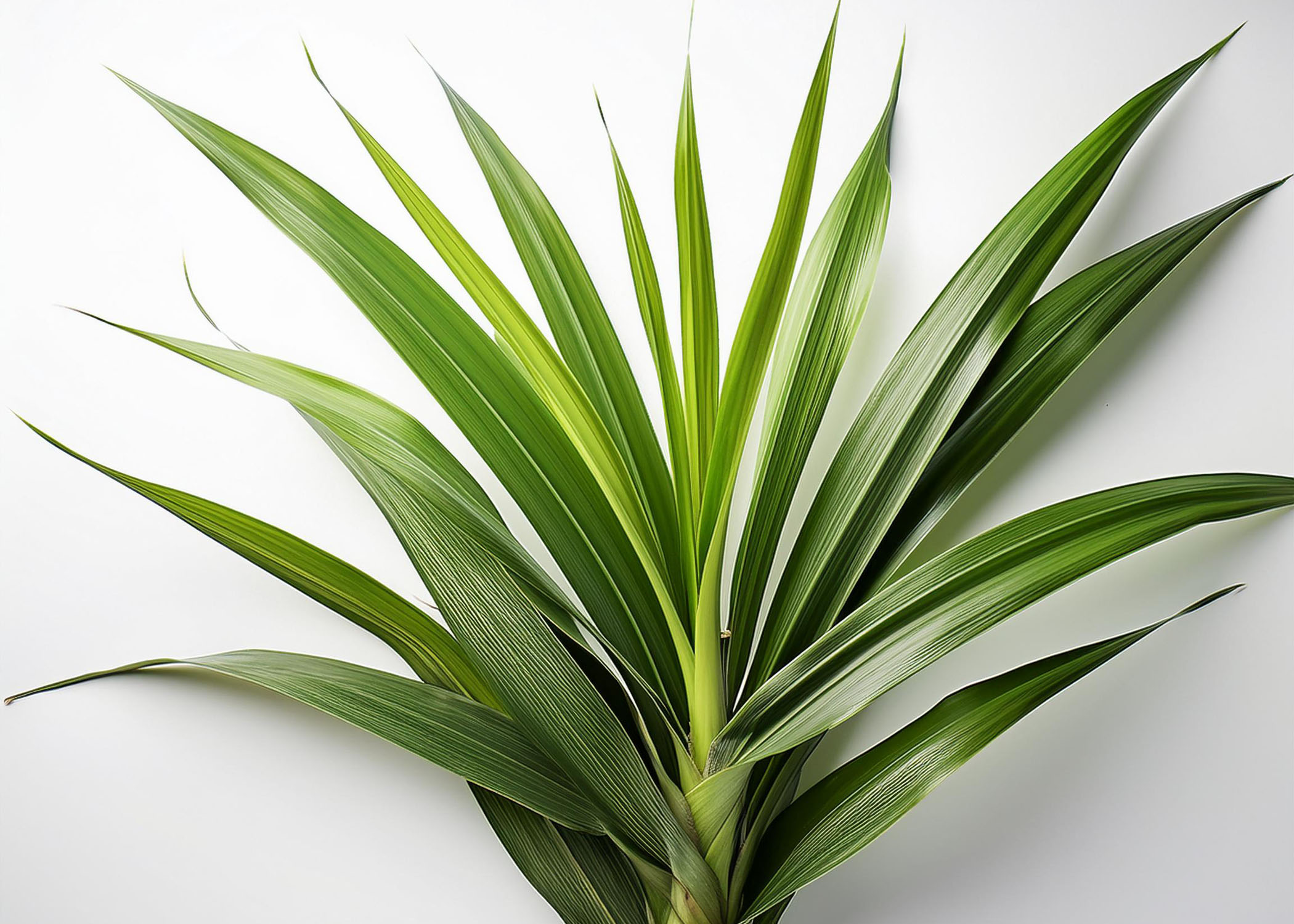Botanical Name: Pandanus amaryllifolius
Pandan is a tropical plant known for its long, slender, and fragrant leaves, commonly used in Southeast Asian cuisine. It is native to Thailand, Indonesia, Malaysia, and the Philippines. The plant thrives in warm and humid climates, growing as an evergreen shrub with distinctive, blade-like leaves that fan out in clusters.
Pandan is celebrated for its unique aroma, often described as a blend of vanilla, grassy notes, and a hint of coconut. This fragrance makes it a versatile ingredient in both savory and sweet dishes. The leaves can be used fresh, dried, or powdered, but are most commonly used fresh to release their full essence. To extract the flavor, the leaves are either tied into knots and steeped in liquids like coconut milk or water, or pounded to produce a vibrant green juice. The leaves themselves are typically not eaten but are used to infuse flavor into food.
In savory dishes, pandan is often used to flavor rice, such as in the popular Malaysian dish nasi lemak or in Thai pandan chicken, where pieces of chicken are wrapped in pandan leaves and grilled or fried. The leaves impart a subtle, earthy fragrance to the dishes, enhancing the overall flavor profile. Pandan is also commonly paired with coconut and pandan juice, which is often combined with coconut milk to create rich and creamy sauces.
Pandan’s use in desserts is especially notable. It adds a vibrant green color and aromatic flavor to sweets like pandan cake, pandan-flavored sticky rice, and traditional Filipino treats such as buko pandan. Its natural green hue makes it a popular ingredient in many colorful and visually appealing Southeast Asian desserts.

